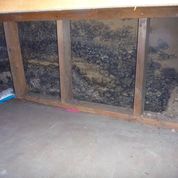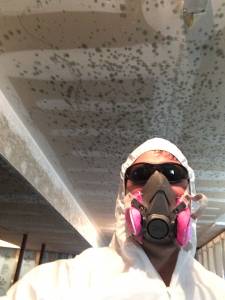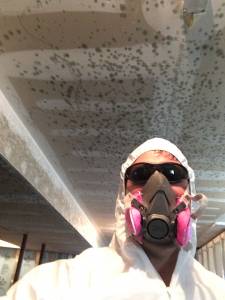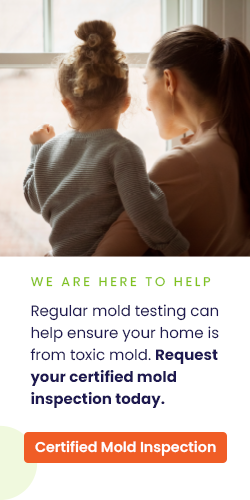Toxic mold will plague Texans for years after the flood waters subside. Devastating flood waters present a real and present danger to those stranded and evacuated from their homes. Jeffrey Bradley, President of environmental engineering firm IndoorDoctor states “the damage from Hurricane Harvey is a perfect storm for toxic mold to infect every home impacted by the flooding”. Even if the first floor is completely gutted the entire home structure will absorb excess water vapor from sustained humidity as the home sits for weeks or even months until renovation crews deal with the damage.
What To Do
To minimize damage, homeowners are encouraged to remove wet building materials including insulation as quickly as possible. Running commercial grade dehumidifiers, drying fans and running the air conditioning system providing it is safe to do so will help reduce water vapor build up. It is likely that many homes will not have air conditioning as the condenser units outside will be ruined from sustained flood waters. Bradley recommends that when renovating to use mold resistant materials like Durock or a paperless wallboard to inhibit future mold growth. Salvageable framework should be coated with a product like Fiberlock to deter mold and rot. Through disinfecting and HEPA rated vacuuming should occur on all vertical and horizontal surfaces. Contact a licensed air duct cleaning company to either replace or clean contaminated air ducts and cooling coils. Due to expected delays in renovation widespread toxic mold will likely set in for most flood victims.
A Guide To Purchasing And Using A Dehumidifier
Follow On Air Quality Monitoring Needed
Once mold sets in a certified remediation company is recommended to safely remove the contaminated material. Bradley goes on to stress the need for follow on air quality monitoring for toxic mold by an independent environment testing firm. “Unfortunately, mold related illness will be the first warning sign many experience after moving back into their flooded then renovated homes” says Bradley.

How To Improve the Air Quality In Your Home During Renovations







